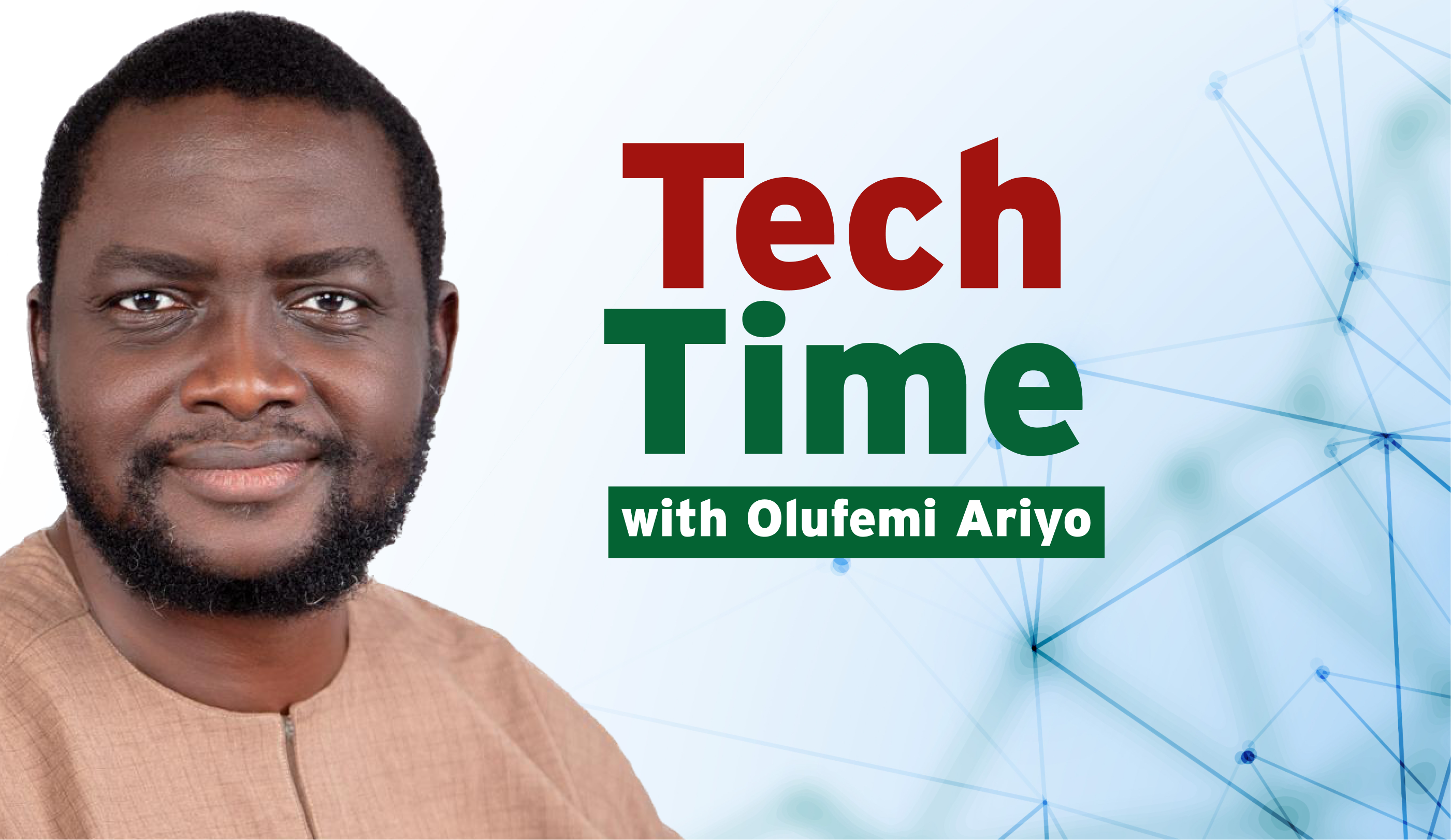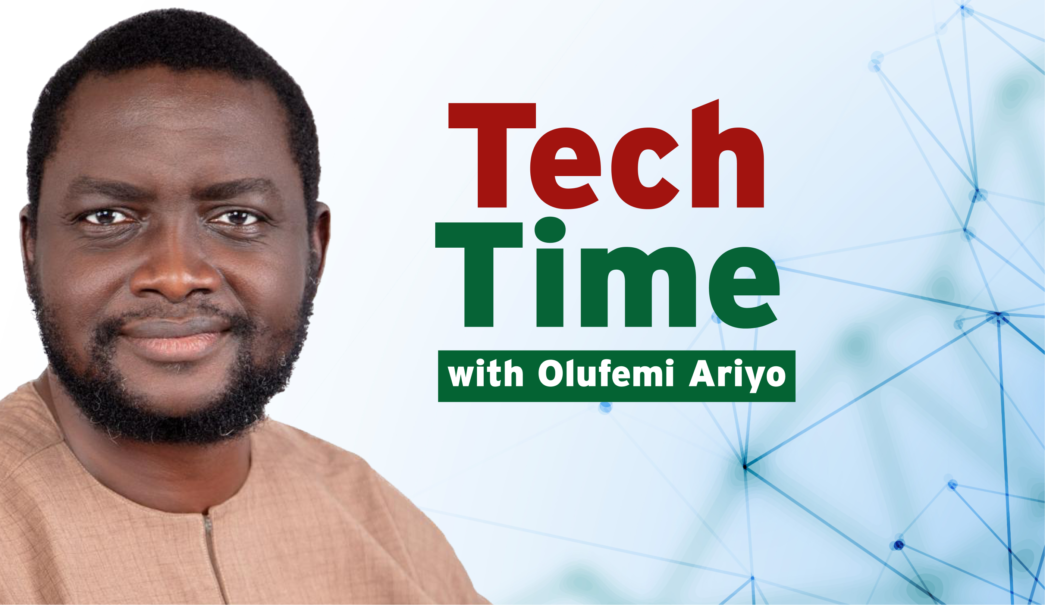Today, many young people face a steep learning curve when it comes to managing money. Without the proper skills or knowledge, navigating finances can feel overwhelming. The good news? Technology is here to bridge the gap, making financial literacy more accessible, engaging, and fun for everyone, especially the youth. This guide will explore how technology is shaping the future of financial education and empowering young people to take control of their financial futures. Just as Benjamin Franklin says, “An investment in knowledge pays the best interest.”
Financial literacy is more important than ever, especially for young people who are stepping into financial independence for the first time. As they navigate milestones like getting their first job, managing student loans, or paying bills, many lack the skills needed to make sound financial decisions. Without a solid understanding of budgeting, saving, and managing credit, youth often face challenges that can lead to unnecessary debt, financial stress, and long-term instability. From understanding the basics of credit scores to navigating complex financial products like loans and insurance, the gap in financial education leaves many young people vulnerable to costly mistakes.
In addition, developing financial literacy early offers long-term benefits that extend far beyond basic money management. It equips youth with the knowledge and tools to make informed decisions, from budgeting to investing, which can help them build a strong financial foundation. With strong financial skills, young people can improve their credit scores, save for major life goals like buying a home or retirement, and gain confidence in their financial futures. By learning these skills at a young age, they are better positioned to avoid debt traps, build wealth, and achieve financial independence, ultimately setting themselves up for a secure and prosperous future.
That said, technology has dramatically improved the way young people learn about finance, making financial education more accessible, interactive, and engaging than ever before. Just a decade ago, financial literacy resources were limited to textbooks, workshops, or one-on-one sessions with financial advisors – often intimidating or difficult for youth to access. Today, apps and online platforms are breaking down complex financial concepts into bite-sized, user-friendly lessons, providing interactive tools that help young people understand everything from budgeting and saving to credit scores and investing. These platforms are designed to simplify challenging topics, allowing youth to learn at their own pace, with practical examples and real-time feedback.
Advertisement
Whereas, what sets these tech tools apart is their ability to educate and give users a chance to practice and apply their knowledge in a low-risk environment. For example, budgeting apps let users track their spending, set savings goals, and build financial plans in real time, while investment apps allow young people to start building portfolios with small amounts of money. Platforms like Zogo Finance turn learning into a game, offering rewards for completing lessons on topics like credit, loans, and investing. These gamified experiences keep learners engaged while reinforcing key financial principles. By making financial education interactive, practical, and accessible on a smartphone, technology is changing how the next generation develops the skills they need to manage money and prepare for their financial futures.
Tech Solutions for Financial Literacy
For young people just starting to take control of their finances, financial management apps can be a game-changer, offering a range of tools to track spending, set goals, and create healthy money habits. Mint, for example, is one of the most popular apps for budgeting and tracking expenses. It connects to users’ bank accounts, credit cards, and other financial accounts, pulling in all the data to give them a complete view of their financial situation in one place. With Mint, young people can set monthly budgets, track where their money is going, and receive tailored advice on how to cut costs or adjust their spending. The app also sends alerts for upcoming bills, helping users avoid late fees and stay on top of their financial commitments. By providing a clear snapshot of their finances, Mint empowers young people to make informed decisions and start building healthier financial habits early on.
Advertisement
Simple takes the concept of financial management a step further with a mobile banking platform that encourages better spending habits while making saving automatic. Unlike traditional banks, Simple allows users to set up “Goals” where they can earmark money for specific objectives, like saving for a concert or a trip. The app’s automatic savings features help users save for these goals without thinking about it. For instance, users can set up rules that automatically round up their purchases to the nearest dollar, putting the difference into a savings account. Additionally, Simple’s “Safe-to-Spend” feature gives users a visual tool to track how much money they have left to spend after accounting for bills, goals, and savings. This real-time analysis helps users make informed decisions, ensuring they don’t overspend and can work toward their savings goals while managing everyday expenses.
Similarly, Qapital offers a straightforward yet powerful approach to saving by helping users set up automatic savings plans based on their personal goals. Whether they are saving for a vacation, a new phone, or their college fund, Qapital’s “Rules” feature makes saving painless. For example, users can enable the “Round-Ups” rule, which automatically rounds up each of their purchases to the nearest dollar and saves the difference in their goal-specific savings account. Other rules include setting weekly or monthly savings targets or triggering savings deposits when certain actions occur, such as receiving a paycheck or hitting a spending milestone. This type of automation takes the guesswork out of saving and makes it easier for young people to accumulate funds over time without having to think about it consciously. Qapital’s goal-oriented approach encourages users to start saving for their future, whether it is a short-term goal like a weekend getaway or a long-term investment like a down payment on a home.
These financial management apps are particularly useful for young people who are just beginning to manage their money and budget for the first time. Whether managing their first paycheck, setting aside money for college, or saving for a big purchase, these tools help users build the habits they need to make better financial decisions. Not only do they allow young people to track their spending, but they also provide actionable insights on how to save and manage their money more effectively. By using apps like Mint, Simple, and Qapital, young people can develop a deeper understanding of their financial situation and start forming the habits of budgeting, saving, and planning for the future. These tools make it easier for youth to start strong, creating a foundation of financial responsibility that will benefit them throughout their lives.
Moreover, innvesting can often feel intimidating, especially for those who are new to personal finance. Platforms like Acorns have made it easier than ever for beginners to dive into the world of investing by using a simple and automated approach. Acorns helps users invest by rounding up their everyday purchases to the nearest dollar and investing the change into diversified portfolios. For example, if a user spends $3.50 on a coffee, Acorns will round it up to $4.00 and invest the 50-cent difference. This “micro-investing” method allows young people to start building a portfolio without needing large amounts of money upfront. Additionally, Acorns offers educational content designed to help users understand the basics of investing, including key concepts such as diversification, risk, and asset allocation. This makes it an ideal platform for anyone new to investing, providing both the tools to invest and the knowledge to do so confidently.
Advertisement
Aside, Robinhood has affected the investing world by providing a commission-free trading platform that appeals to a younger generation of investors. Traditionally, stock trading was associated with high fees and complex processes, but Robinhood has simplified the experience. Through the app, young investors can buy and sell stocks, ETFs (exchange-traded funds), and even cryptocurrencies with no commission fees, making it accessible to those who may only have small amounts to invest. Robinhood’s user-friendly interface and engaging design make it easy to explore the world of trading, even for beginners. The app also offers educational resources that explain the stock market, investment strategies, and how to read market data. This empowers users to not only invest but also learn the fundamentals of trading and market analysis, giving them the tools to make informed decisions as they grow their portfolios.
Another platform that helps beginners navigate the world of investing is Stash, which focuses on making investing approachable and customisable. Stash allows users to start investing with as little as $5, enabling young people to slowly build their portfolios without committing large amounts of capital upfront. The app offers a variety of educational tools, including articles, tutorials, and a glossary of terms, to help users understand the basics of investing in stocks, bonds, and ETFs. What sets Stash apart is its focus on personalised investment options. It offers portfolios that are tailored to different risk levels and goals, whether users are interested in low-risk, conservative investments or higher-risk, higher-reward opportunities. Stash also makes it easy for users to diversify their investments by selecting portfolios that include a mix of assets across various sectors and industries, helping to spread risk and maximise potential returns over time.
These platforms – Acorns, Robinhood, and Stash – are helping young people with little to no financial background take their first steps in building wealth through investing. By making investing more accessible and less intimidating, these platforms empower youth to begin growing their money from a young age. Even small, regular investments (like rounding up purchases or contributing a few dollars each week) can add up over time, allowing young people to develop a sense of financial independence and begin their wealth-building journey. By focusing on education, personalisation, and simplicity, these tools give users the confidence to start investing, understand their options, and watch their money grow. For young people, investing doesn’t have to be overwhelming—it can be the first step toward achieving long-term financial goals and gaining financial freedom.
Gamified Financial Education
Advertisement
Zogo Finance has redefined financial education by incorporating gamification into learning, making personal finance both fun and accessible. The app offers a series of bite-sized lessons on key financial topics like budgeting, credit, saving, and investing, which are designed to be completed in short, interactive sessions. Users earn rewards, such as gift cards, for completing these lessons, which helps motivate them to continue learning. Zogo’s game-like structure encourages users to engage with financial concepts in a way that feels less like traditional studying and more like playing a game. This dynamic, reward-driven approach helps make complex financial topics feel less intimidating and more achievable, especially for younger users who may otherwise be turned off by dry, textbook-style learning.
Also, the power of gamified learning lies in its ability to make education both engaging and rewarding. Psychology shows that when learning is interactive and accompanied by rewards or challenges, it increases motivation and retention. Gamification taps into a younger generation’s desire for instant feedback and tangible results, keeping them motivated to continue progressing. In Zogo, users see their progress in real-time, and the immediate gratification of earning rewards for completing lessons gives them a sense of accomplishment and encourages them to keep learning. The inclusion of friendly competition (whether through earning badges, tracking progress, or sharing achievements with friends) further enhances engagement. This structure helps young people internalise financial concepts in a way that is enjoyable and easy to digest, fostering long-term retention of the knowledge they acquire.
Advertisement
Furthermore, this approach is particularly effective for young learners, who are accustomed to interactive, game-based environments. Unlike traditional educational methods, gamified apps allow users to learn at their own pace, making financial education feel less like a chore and more like an enjoyable experience. Instant feedback, rewards, and the ability to track progress motivate young people to keep coming back, which increases their exposure to important financial concepts over time. With gamification, learning becomes a more immersive and active experience, where users aren’t just absorbing information—they’re engaging with it in a way that is rewarding, reinforcing the concepts they learn. This sense of progress and accomplishment encourages users to stick with it, building better financial habits along the way.
In addition to Zogo Finance, other apps also use gamified models to teach financial literacy in an engaging and playful manner. For instance, Bankaroo is an app that helps young people manage their allowances, set savings goals, and track their spending in a visual, game-like interface. Similarly, iAllowance allows users to set up goals and track progress in a fun and interactive way, turning financial management into an enjoyable experience rather than a tedious task. These apps take the essential principles of budgeting, saving, and investing and turn them into games, making the process of learning about money more interactive and less intimidating. By integrating fun into finance, these gamified platforms not only educate but also inspire young people to take charge of their financial futures while enjoying the journey.
Advertisement
Creating Your Personal Financial Plan
Starting a personal financial plan early is one of the best ways for people to ensure long-term financial success. The first step is setting clear financial goals. It is essential to break these goals down into both short-term and long-term objectives. Short-term goals could include things like saving for a new gadget, a weekend getaway, or a concert ticket, while long-term goals might focus on bigger milestones, such as saving for college tuition, a car, or even retirement. Setting these goals gives you something concrete to work towards and helps you stay focused on your financial journey. Tools like Mint, Qapital, and Acorns can help young people track and manage these goals by providing a platform where they can visualise their progress, set savings targets, and monitor their financial activity. By using these apps, individuals can not only track how much they need to save but also develop the discipline to stick to their goals and take proactive steps toward achieving them.
Advertisement
Also, building good money habits from the start is key to maintaining financial stability and growth. Often, it is the small, everyday actions that lead to bigger financial success over time. For example, setting aside just a few dollars each week into a savings account or making more mindful spending choices (like avoiding impulse buys or cutting back on unnecessary subscriptions) can add up notably in the long run. Even seemingly small savings like rounding up purchases for automatic deposits into savings accounts (as with Qapital) can create a healthy financial cushion. The key to success is consistency. Whether you are putting aside a fixed amount each month or setting up automatic transfers to savings, the more consistent you are with your habits, the easier it will be to achieve your goals. Using financial apps to track progress can help you stay accountable and maintain motivation by giving you real-time feedback on your efforts.
Once you have established solid savings habits, it is time to start thinking about investing, even if it is with small amounts. Investing can seem daunting, but it is one of the most powerful tools for building wealth over time. Apps like Robinhood and Acorns make it easy for beginners to start investing, even with as little as $5. Investing in stocks, ETFs, or other assets allows your money to grow faster than traditional savings accounts. However, it is important to approach investing with patience and a long-term mindset. The stock market can be volatile, and it may take time to see returns. Starting early, though, gives you the advantage of compounding returns, where the money you earn on your investments continues to grow over time. By learning the basics of investing through these apps and utilising their educational resources, young people can gradually build their investment knowledge and confidence, setting the foundation for future financial success.
Lastly, getting comfortable with investing does not mean you need to take huge risks right away. In fact, starting with conservative investments and gradually learning about different financial instruments is a smart strategy for beginners. The key is to understand that investing is a long-term commitment, and the earlier you start, the better positioned you will be to weather the ups and downs of the market. Apps like Acorns help young people invest automatically, without having to worry about the complexities of the stock market. Meanwhile, Robinhood allows you to start with small investments, giving you the chance to learn the ropes without risking too much. Over time, as your knowledge grows, you can increase your investment contributions, diversify your portfolio, and experiment with more advanced strategies. Starting small and learning as you go can eventually lead to significant wealth accumulation, all while building the financial confidence needed to achieve long-term financial independence.
In conclusion, Warren Buffett says, “Do not save what is left after spending, but spend what is left after saving.” The journey to financial independence begins with the simple but powerful decision to start learning and managing your money early. It is no longer just a dream reserved for older generations – thanks to technology, achieving financial literacy and independence is within reach for anyone, regardless of their background or experience level. Today, tools like budgeting apps, investing platforms, and gamified learning experiences make understanding money not only easier but also more engaging and accessible. These platforms simplify complex financial concepts, breaking them down into manageable, bite-sized lessons, and they help users stay motivated through interactive features and rewards. Whether you are saving for a new gadget, planning for college, or investing for your future, technology makes it easier to track your progress, set goals, and stick to your financial plans. Now is the perfect time to take action and start building your financial future. Download an app like Mint, Acorns, or Robinhood, set up a savings goal, or begin your first investment (no matter how small) and watch as it grows over time. The earlier you begin, the more you will benefit from the magic of compounding and the better prepared you will be for life’s big financial milestones. Financial independence is not just a distant aspiration – it is a journey that can begin with a few small steps today, setting you up for long-term success and a secure financial future. So take charge now, and start making smarter financial decisions for a brighter tomorrow.
Thank you for the investment in time, and I am open to discussions on how tech tools could create financial freedom. To be alerted each time I create a new post, follow my Medium: https://medium.com/@roariyo and LinkedIn: https://www.linkedin.com/in/olufemiariyo/ or send an email to [email protected]













